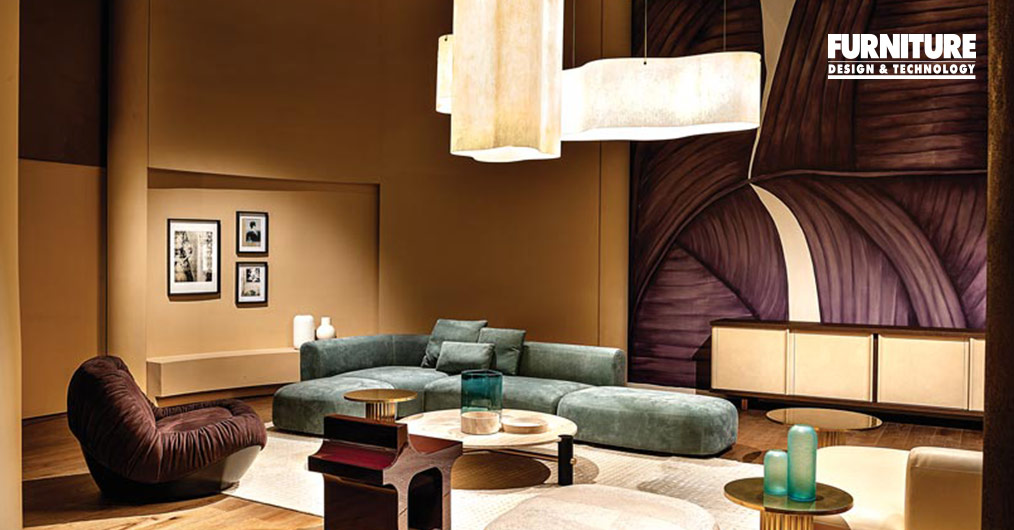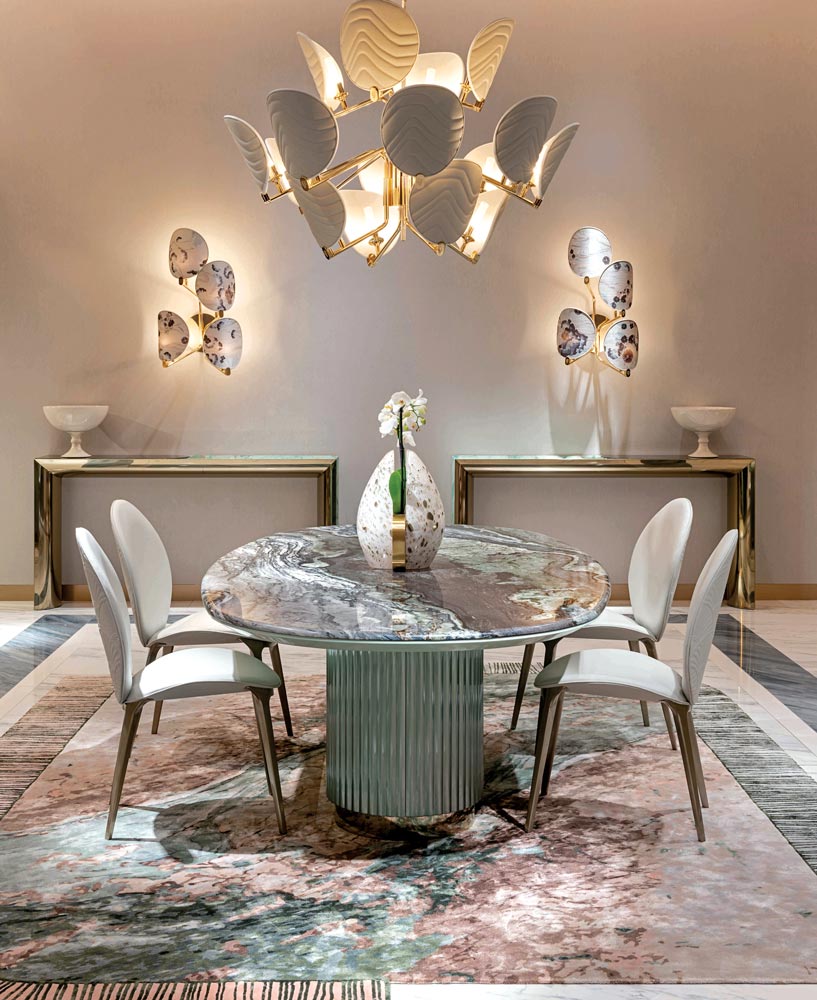
Despite the growth story, there are several challenges in India as a manufacturing hub, many of that are agnostic to the sector. “The market is constituted by a large number of small to medium enterprises that lack advanced manufacturing techniques and processes that limit scale, speed and ability for India to compete in the global markets as an exporter,” says Bassi. Additionally, he brings to light the challenges of shortages of exceptional craftsmen, lack of advanced manufacturing techniques in supply-chain and the need for improvement in delivery times. “India has the largest youth population in the world but much of the labour is unskilled without formal training causing inefficiencies,” he stresses.
Another challenge at the forefront of the luxury furniture industry is its navigation in reducing its carbon footprint. “With immense innovation in design technology, furniture designers and manufacturers have reached the pinnacle of creativity, however giving contrastingly less priority to their negative impact on the environment,” says Kanoria.
 Image credit: Sources Unlimited for Visionnaire
Image credit: Sources Unlimited for VisionnaireMoreover, despite India’s overachieving craftsmanship, the connotation of jugaad is often associated with Indian items, where Indian products are questioned over their quality and seen as more economical than luxurious. Describing the spirit of jugaad at length, Kanoria says, “India is primarily a nation and a place of intelligence where it is believed that the notion of jugaad is the application of talent and imagination to find a simple solution to a problem or to construct something utilizing inexpensive, basic materials. The term jugaad illustrates the inventive, intelligent and entrepreneurial adroitness of Indians.”
Frugal innovations are one of the hot topics these days where manufacturers are looking for a way to do more for less by serving a broader market, Bassi emphasizes, “The Indian consumer now has very high expectations and that has pushed furniture making to frugal innovation in processes rather than in materials.” However, Bassi strongly believes that while there will always be businesses that will take jugaad to the product quality, in the luxury furniture market there are already a number of players that are now making a mark in quality that will keep them competitive. “While there is still demand for international luxury furniture because of COVID-led manufacturing delays, import costs, and limited customisation options, there is less competitiveness. Some of our clients who swore by Italian imported furniture for specific rooms or projects are now choosing to source their furniture entirely from India,” he alludes. Correspondingly, Falgun adds, “The game has entirely changed for India in the last few years. So, the quality of craftsmanship is not questioned anymore. India is doing great in designing and creating luxury furniture. However, the import remains subjective as it varies and derives from the customer’s point of view always.”
Craftsmanship is the one thing that Indians are one of the best at where the artistry is passed through generations. “The beautifully crafted pieces of woodwork are traditional attributes of art and design that are unique to Indian culture and can be seen in the luxury furniture industry as well. Apart from other contemporary designs and luxurious pieces of furniture, tradition is also what makes the Indian furniture market into a luxury lifestyle statement,” asserts Kanoria.
On a brighter note, Bassi says, “The focus of the Indian government on Indian manufacturing with Make in India, lessons from supply-chain shocks during COVID from the hubs in Europe like Italy and the sentiment change towards China post-COVID would mean the share of Indian furniture business will be able to increase their market share. A strong domestic market, with stable governance and policies that make trade easy for businesses will keep this market strong.”
What appears is that manufacturers and designers have found a way to fuse their roots with modern designs and materials while also keeping in mind the important factor of luxury and comfort. Come rain or shine, the luxury furniture market is beyond the ordinary and continues to be stimulated by strong and genuine demand, increased innovations in manufacturing technology, and a growing appreciation for the potential of local design.
This article is a part of our exclusive article ‘Luxury Furniture’ which is originally published in Furniture Design & Technology (FDT Magazine) April 2023 print issue. If you want to read the full article, please subscribe Furniture Design & Technology Magazine here:
Furniture Design India and the magazine FURNITURE DESIGN & TECHNOLOGY (FDT magazine) are from the trusted 22-year-old media house of SURFACES REPORTER and PLY REPORTER.
FDT is a B2B monthly bilingual magazine from India that shares the pulse of the furniture business in India and connects the manufacturers, OEMS, product designers, architects, showrooms, designers and dealers.
Read More© 2025 Furniture Design and Technologies.. All Rights Reserved. Developed by eyeQ Advertising